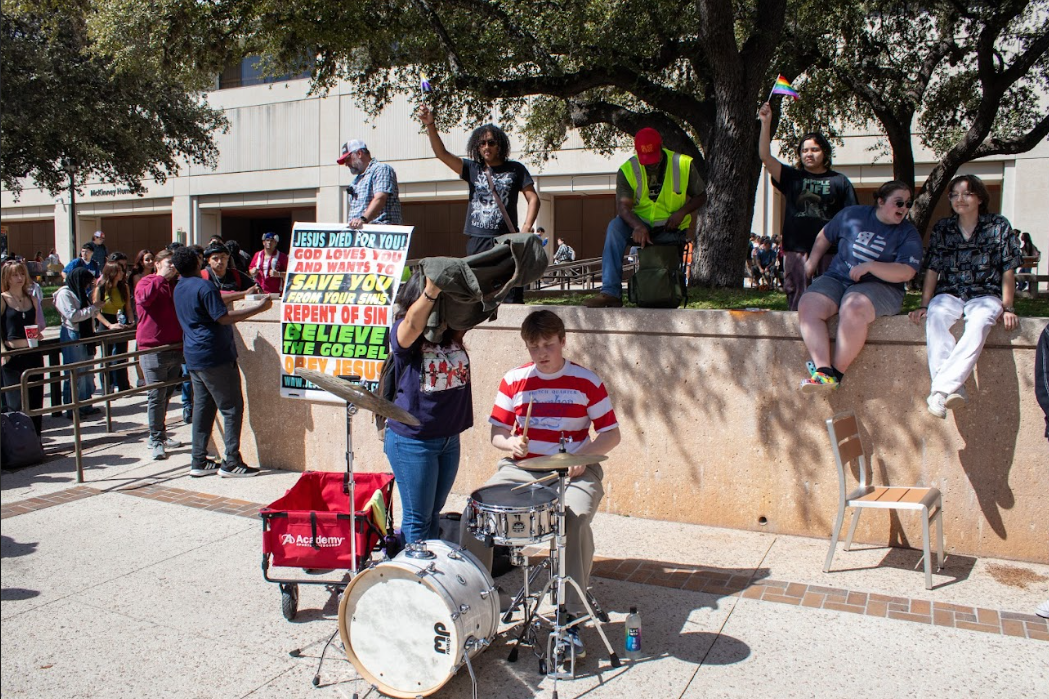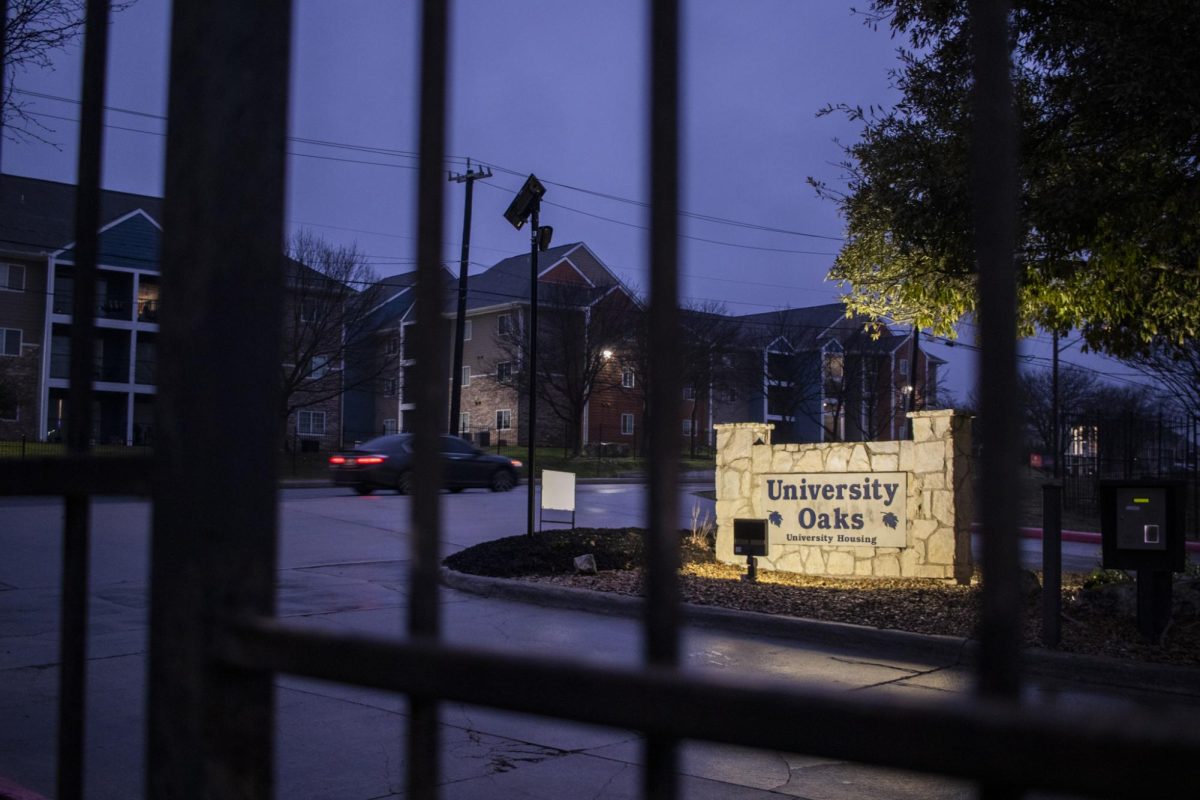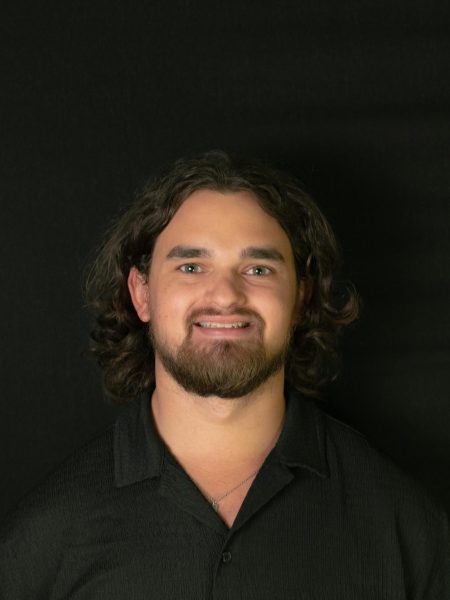UTSA’s Institute of Texan Cultures (ITC) museum is set to relocate from Hemisfair after the University of Texas (UT) Board of Regents approved a plan to lease or sell the property to the City of San Antonio. The 13.5-acre site off of E Cesar Chavez Blvd. will be a part of a potential downtown revitalization project.
The ITC was built for the 1968 Hemisfair celebration and opened first as the Texas State Exhibits Pavilion. After the fair, the building operations were turned over to the University of Texas system so it could continue to celebrate Texas’s diversity, multiculturalism and education. UTSA assumed administrative control in 1973 and the ITC was officially recognized as a campus in 1986.
In 2010, the ITC was established as a Smithsonian Affiliate which granted the institute access to Smithsonian artifacts education, performing arts programs, expert speakers, teacher workshops and resources to complement and broaden exhibitions. This affiliation was pivotal in UTSA, gaining the prestigious Carnegie R1 classification.
In 2023, the Conservation Society of San Antonio nominated the building for placement in the National Registration of Historic Places, but UTSA opposed the nomination.
UT’s Board of Regents unanimously agreed to grant the city the exclusive option to buy or lease the property the ITC sits on. This decision was made in an executive session which is not open to the public.
The decision to sell or lease the property resulted from the institute’s declining attendance. UTSA entered discussions last fall with 1859 Historic Hotels Ltd. and the City of San Antonio to construct a smaller building on a parking lot behind the Crockett Hotel. With this move, the institute would expect more foot traffic due to its close proximity to San Antonio’s top tourist attractions such as the Alamo, the Riverwalk and the future Alamo Visitor’s Center and Museum.
”We’re really committed to the future of the ITC, and I think this is an exciting opportunity,” said Veronica Salazar, UTSA’s chief enterprise development officer and senior vice president for business affairs who is leading the latest phase of the museum planning process.
According to preliminary figures, this new construction would be 80,000 square feet — significantly less than the now occupied 200,000 square foot building — and cost roughly $100 million. Plans would also have to gain approval from the Texas Historical Commission since the building site is designated a historic part of the Alamo district.
Although the downtown site is the most favorable, Salazar stressed that UTSA is still looking at other options, such as another location at Hemisfair or other properties already owned by the university.
If purchased by the City of San Antonio, the Hemisfair property is alleged to be the new home of the San Antonio Spurs.
The Spurs are looking to relocate from the Bexar County-owned Frost Bank Center because it no longer compares to rival facilities. A move to Hemisfair would return the team to their original roots when they played at Hemisfair Arena from 1973-1993. A new stadium could cost up to $1 billion.
According to emails and text messages obtained through the Texas Public Information Act, City Manager Eric Walsh, Mayor Ron Nirenberg and other city officials have been discussing relocating the East-side stadium since Jan. 2023. This move would be a part of a downtown revitalization project to revive the city’s central business district, which has struggled because of the pandemic.
The property has also been in the sights of the San Antonio Missions baseball team as a possible relocation site. This comes from the pressure the team is under from Major League Baseball to improve the current Wolff Stadium to bring it in line with new league standards. However, the team has been discouraged from pursuing the Hemisfair property because of the possibility of a new Spurs arena.
Salazar said she has not been approached by either team regarding the property but said that UTSA is focused on where the ITC will continue its mission.
“We are deeply committed to being good stewards of the museum and advancement of its educational mission,” Salazar said. “We want to ensure that the museum reaches as many Texans as possible to tell that story and to be part of the community.”









